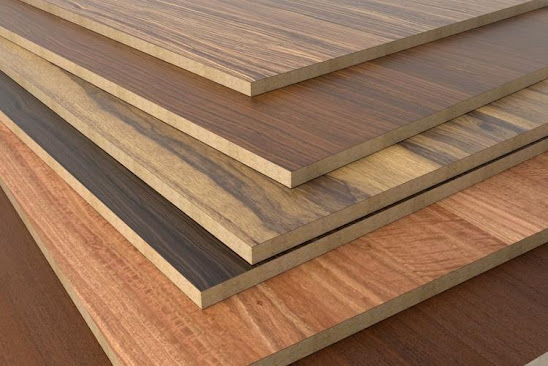Designing interiors is always a balancing act between style and substance. You want a space that looks good—but it also has to last. Whether you’re planning a new home, upgrading an office, or working on a retail space, the material you choose plays a key role. And when it comes to versatility, strength, and aesthetics, plywood sheets continue to prove themselves as the ultimate interior design hero.
From cabinets and wall panels to furniture and false ceilings, plywood brings structure and support to everything we build. But not all plywood is created equal. For spaces that demand performance along with style, commercial plywood stands out as a dependable, cost-effective solution.
Why Plywood Deserves a Spot in Every Interior Project
Let’s start with the basics. Plywood is made by joining thin layers of wood veneer, and this makes it a material that does not crack, warp, or shrink. This makes it far more reliable than MDF or particle board—especially in areas that see frequent use or changes in humidity.
In interior design, this matters. Whether it is a bookshelf that has to support some load or a wardrobe that has to retain its shape in different seasons, plywood sheets offer the necessary strength. And they do it without compromising on the finish or the design freedom.
Commercial Plywood: Built for Busy Spaces
Commercial plywood is useful if you are involved in the interior design of areas that are likely to be used frequently such as offices, restaurants, shops, or rental houses. It is denser than standard plywood, but it is not very costly either.
Since it is resistant to moisture and termites and is also durable, commercial plywood is ideal for furniture, partitions, cabinets, and counters. It is ideal for use in dry and humid regions and can be laminated or veneered to match any interior décor, be it modern or rural.
Design Flexibility Without the Fragility
The other benefit of using plywood sheets in interior design is flexibility. It can be cut, twisted, molded, or planed in any form and design that one may wish to have. If you want to have a floating desk, curved shelves, or layered wall panels, then plywood makes it possible.
It also goes well with a number of finishes. Veneers can be ordered in natural wood, while laminates are ordered in a more contemporary look. Paint, polish, and even fabric coverings do not pose a problem to plywood, which makes it a great base for creativity.
A Cheap Material That Is Not Cheap
While the interiors of luxurious homes may use hardwood or other expensive materials like engineered wood, commercial plywood is more reasonable. It provides the same level of strength and finish without the need to spend a lot of money. This is especially useful in large projects or in modular structures where every piece of material is important.
In addition, plywood is a long-lasting material that does not require frequent replacement, which makes it affordable in the long run, and that is why architects, designers, and homeowners choose it.
Eco-Conscious and Sustainable
The plywood sheets that are available in the modern world are sourced from plantations and bonded with environmentally friendly glues. It is also worth noting that if you want to go green or if you are working on a project that supports the green cause, then commercial plywood is also a good choice to go for.
It also generates less scrap during the manufacturing and installation process, which is another reason why it is used in the current world of design.
Conclusion
Plywood sheets are not only strong but also aesthetically appealing, which means that you do not have to compromise on either aspect. Plywood is quite strong for general use and has flexibility in terms of design for special purposes and finishing. This is especially so when you are using commercial plywood, which is a versatile, easy-to-work-with, and durable material.
As much as we would like to create beautiful, functional, and long-lasting spaces, plywood should always be the first choice.









